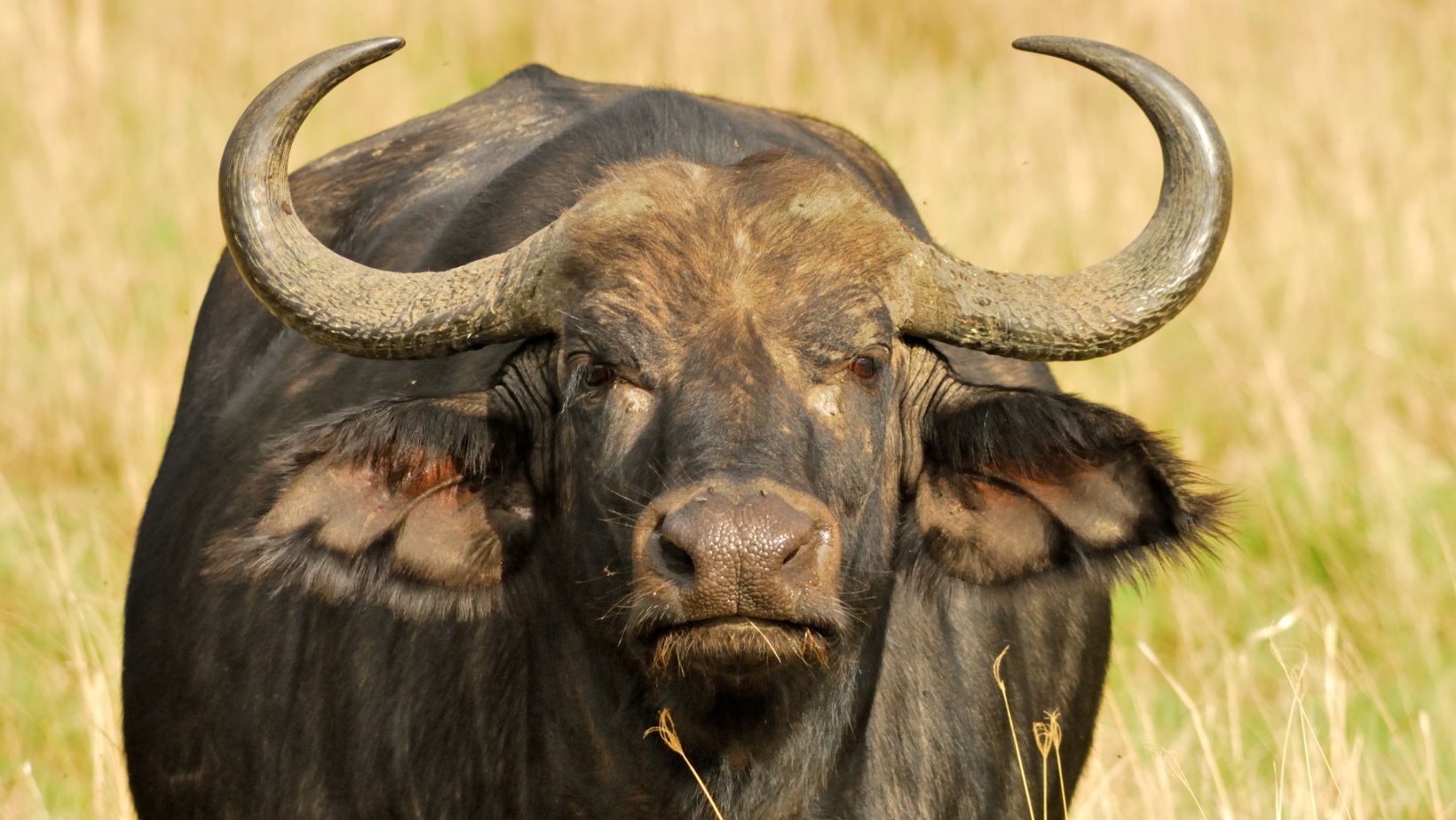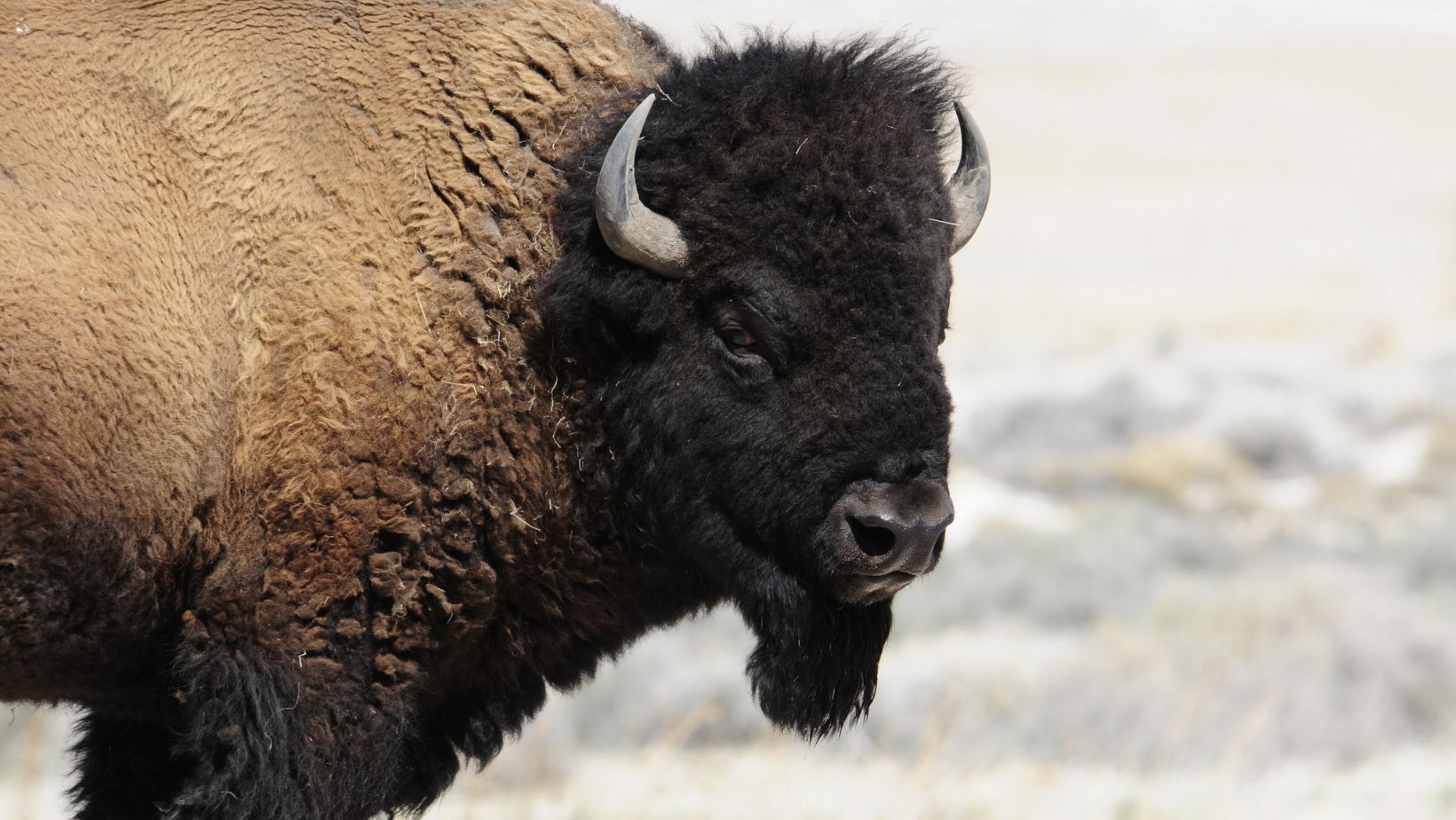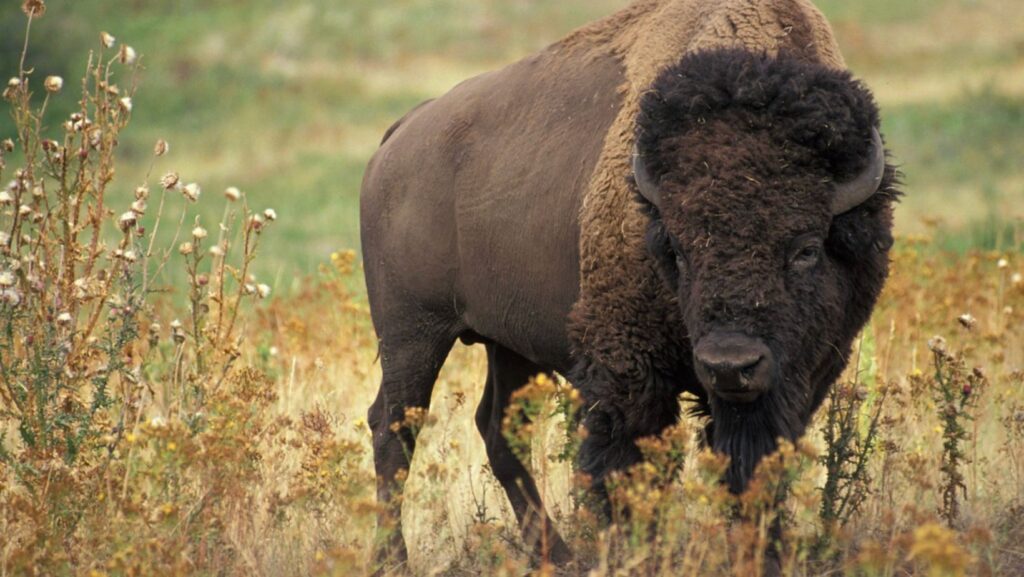The World Wildlife Fund (WWF) reported in December 2024 about a vital collaboration on Native American land. It is dubbed the Buffalo Lifeways Collaboration, an initiative designed to restore the bison to tribal lands in North America. This exciting partnership began in June 2024 to recognize the intrinsic value of the American bison in Native lands and restore it to its former glory.
It goes well beyond the pursuit of spiritual and cultural rejuvenation; it goes to the heart of ecological restoration. The bison also supports the economic development of Native lands. The WWF in partnership with Tribal initiatives, seeks to expand upon existing bison programs, set up brand new ones, and reinvigorate the region on a social, economic, emotional, cultural, and ecological basis.
A Powerful Alliance for Buffalo Restoration
This exciting new alliance is geared towards restoring the tribal Buffalo. Several ranking organizations, including Native Americans In Philanthropy, The Nature Conservancy, WWF, and Intertribal Buffalo Council, fully support it. This public-private partnership is designed to bring structural change to Tribal-led Buffalo restoration. The American Buffalo is known as the bison, and tremendous conservation efforts are being directed to revitalize Buffalo populations on Tribal lands.
The end goal is a growing population of buffaloes. Each group is tasked with synergistically cooperating in this massive undertaking. The Intertribal Buffalo Council manages 20,000+ Buffaloes, with members controlling 32M acres of tribal land. Already, bison have been restored to 1M acres of land.
Why is the Buffalo Such an Integral Focus of Conservation Initiatives?
The Buffalo is easily one of the plains’ most recognizable big game animals. While they are plentiful in North America, many have been displaced from Tribal lands over the centuries. There are many threats to their survival, not least of which is human encroachment. Conservation easements must support the Buffalo populations of America.

In this vein, reopening historic habitat to wild bison is imperative. There are short-term and long-term initiatives geared towards Buffalo conservation. Wildlife conservation already regards Buffalo as a valued native wildlife species. Many experts are pushing for buffaloes to be treated like wild elk rather than cattle. And since Native Americans have such a deep and storied history with the Buffalo, all critical decisions should include them.
The Role of Bison in Restoring Ecosystems
Such is their status in our cultural zeitgeist that the Buffalo is portrayed as a near-mythical creature. It is larger than life and often the most iconic symbol in big-screen Hollywood productions and across entertainment enclaves, where many buffalo-themed thrillers abound, like the Fire Stampede slot gaming attraction. While many digital renderings portray the mighty Buffalo in a grand light, the actual beast of nature is truly a spectacle to behold.
It’s no stretch of the imagination to state that the typical male bison weighs up to 2,400 pounds and stands between 5.5 and 6.5 feet tall at the hump. While the females are significantly smaller at 1000 pounds, they reach a height of up to 5 feet. Regardless, these beasts are tearing it up on the plains. They are North America’s largest terrestrial mammals. Thankfully, they have been brought back from the brink of extinction in the 1800s.
The Buffalo’s Cultural and Ecological Significance
Interestingly, Yellowstone National Park is the ancient home of North American bison. The population of this specific enclave is approximately 4,900 – the biggest bison population on public land. Like a dog, a bison’s mood can be determined by its tail. If the tail is hanging loosely, the bison is calm. If the tail is standing up straight, get ready for a stampede. Irrespective of what the tail displays, these animals should never be toyed with. They are true beasts of nature, and they are unpredictable. They have been known to charge at a moment’s notice.

Many folks are blithely unaware that despite their size, buffaloes are surprisingly fast. They sprint at an incredible 35 mph. They are excellent swimmers; they can leap over fences and charge with the precision and force of a rampaging bull elephant. It was US President Teddy Roosevelt who set up the conservation movement in favor of buffaloes. This began in 1905 with the American Bison Society. Thanks largely to massive public efforts, regulatory frameworks have ensured that Buffaloes exist in every state across America!

